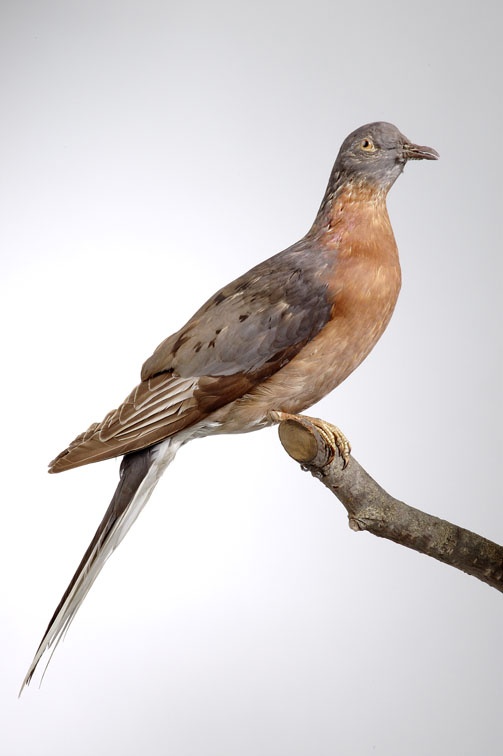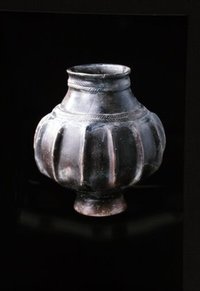Die stattliche Taube mit dem blaugrauen Kopf und Rücken, weißem Bauch und rostroter Brust bewohnte den gesamten Osten Nordamerikas. Innerhalb des 19. Jahrhunderts wurde die Population von mehr als einer Milliarde Tiere vollständig ausgerottet. Als Leckerbissen in die amerikanischen Großstädte verkauft oder als Schweinefutter getötet, dezimierte sich ihre Art sehr rasch. 1914 starb das letzte bekannte Tier in einem Zoo in Cincinnati.
1872 schenkte der gebürtige Detmolder Johann Wilhelm Eschenburg, der in Chicago als Kaufmann tätig war, dem Lippischen Landesmuseum ein Stopfpräparat-Pärchen der Wandertaube. Die beiden Präparate sind ein seltener Beleg für die Existenz dieser Tiere und zählen zu den bedeutendsten naturhistorischen Sammlungsstücken des Museums.
en

